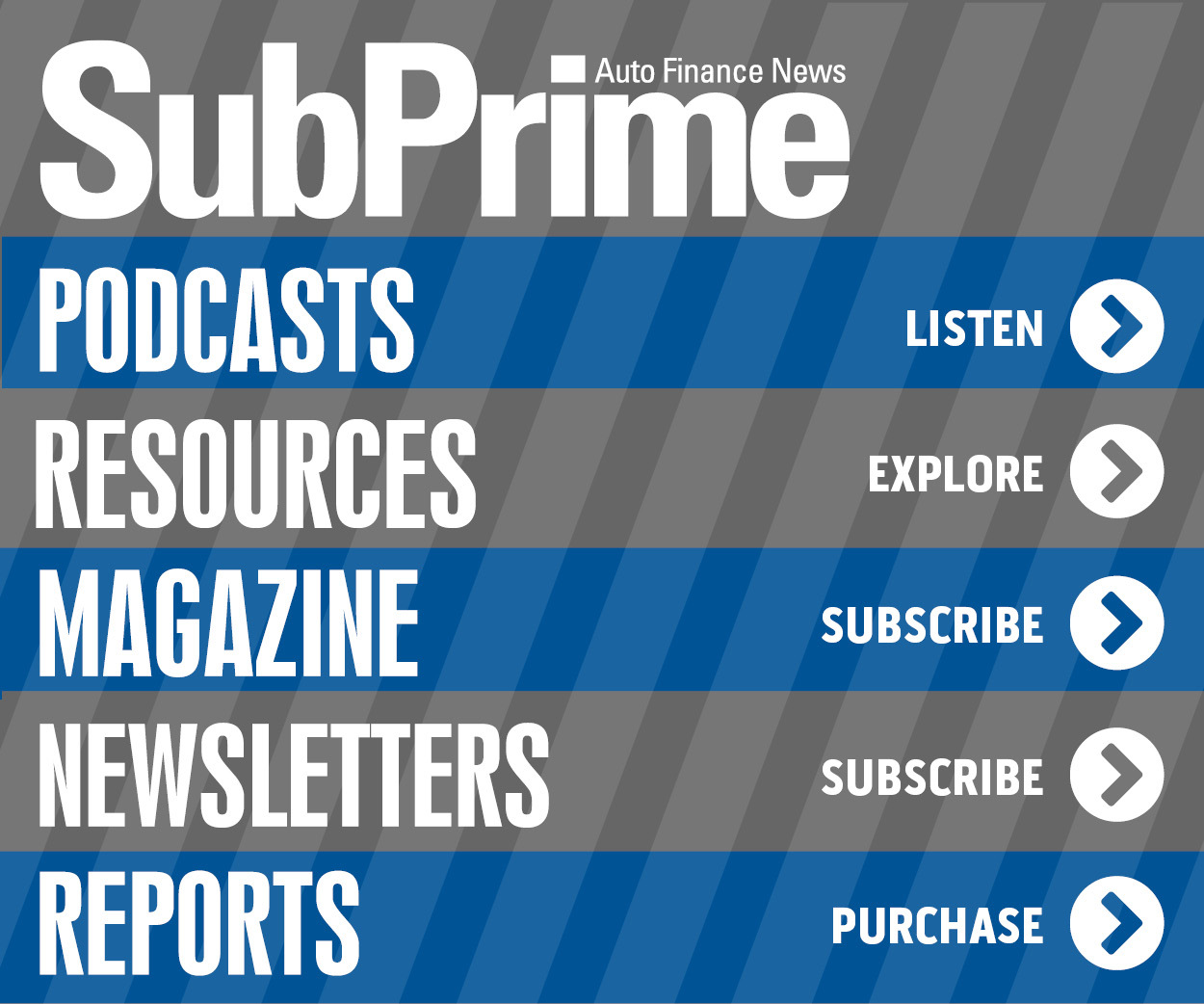Auto credit availability improves again in June

By subscribing, you agree to receive communications from Auto Remarketing and our partners in accordance with our Privacy Policy. We may share your information with select partners and sponsors who may contact you about their products and services. You may unsubscribe at any time.
Both summertime temperatures and the Dealertrack Credit Availability Index are on upward trajectories.
Cox Automotive reported on Thursday that the June index reflected a second consecutive month of improved credit access, rising to 97.3. That’s up from 96.5 in May.
Jonathan Gregory, a senior manager on Cox Automotive’s economic and industry insights team, explained that the latest movement extends the broader run of loosening credit conditions that began in late summer of last year.
“The only notable interruption in this trend was in April, likely driven by market uncertainty following tariff announcements, which temporarily tightened access,” Gregory wrote in an analysis that accompanied the latest index reading.
“Overall, the June Dealertrack Credit Availability Index reflected a continued loosening in auto credit conditions, supported by broader lender participation and easing rate pressures,” he continued. “Credit access improved across all sales channels and most lender types, with finance companies and captives leading the expansion. Consumers benefited from slightly lower borrowing costs and increased approval rates, while lenders balanced growth with cautious adjustments to risk exposure.”
The Dealertrack Credit Availability Index tracks six factors that affect auto credit access:
Subscribe to Auto Remarketing to stay informed and stay ahead.
By subscribing, you agree to receive communications from Auto Remarketing and our partners in accordance with our Privacy Policy. We may share your information with select partners and sponsors who may contact you about their products and services. You may unsubscribe at any time.
—Approval rates
—Subprime share
—Yield spreads
—Term length
—Negative equity
—Down payments
Reported monthly, the index indicates whether access to auto credit is improving or declining. This typically means that it is cheaper and easier for consumers to obtain a loan or more expensive and harder.
Gregory elaborated about what he and Cox Automotive have seen happening among those six factors, beginning with approval rates that jumped by 70 basis points in June.
“This notable rise suggests lenders were more willing to approve applications, potentially reflecting increased confidence in borrower profiles or competitive market dynamics,” Gregory said.
Next, Cox Automotive indicated the share of credit extended to subprime consumers rose by 10 basis points. Gregory said that’s “indicating a slight but continued loosening of credit standards for higher-risk consumers.”
Gregory indicated that the yield spread remained relatively stable, increasing just 1 basis point from 7.26 in May to 7.27 in June.
He explained this was driven by a slight decline in the average contract rate (from 11.28% to 11.23%) and a modest drop in the 5-year Treasury yield (from 4.02% to 3.96%), “suggesting that lenders maintained pricing discipline while benefiting from easing rate pressure.”
When it comes to term length, Cox Automotive determined the share of contracts greater than 72 months increased by 80 basis points. Gregory acknowledged it’s “continuing the trend of consumers opting for longer terms to manage monthly payments.”
Another positive involved negative equity, as Cox Automotive found that the share of credit applicants with negative equity held steady at 54.8% in June. However, it’s still at the highest level recorded in the Cox Automotive dataset.
A headwind surfaced involving the down payment percentage:
Gregory noted the average down payment percentage declined by 40 basis points, “possibly reflecting increased consumer demand or greater lender flexibility.”
Gregory went on to mention that auto-focused finance companies showed the most significant loosening in June, followed by captives. Conversely, he said banks and credit unions tightened slightly, “possibly reflecting more conservative underwriting or portfolio adjustments.”
Gregory wrapped up his commentary with these observations.
“The continued improvement in credit access, especially in used and non-captive new vehicle segments, offers more financing opportunities,” Gregory said. “The slight drop in down payments and contract rates may enhance affordability. However, consumers should remain mindful of longer loan terms and stable negative equity levels when evaluating loan offers.
“The mixed performance across lender types reflects varying risk appetites and strategic priorities,” he went on to say. “Finance companies and captives appear to be expanding access, while banks and credit unions are slightly more conservative. As credit conditions evolve, lenders must balance growth with prudent risk management, especially amid shifting rate environments and consumer behavior.”


